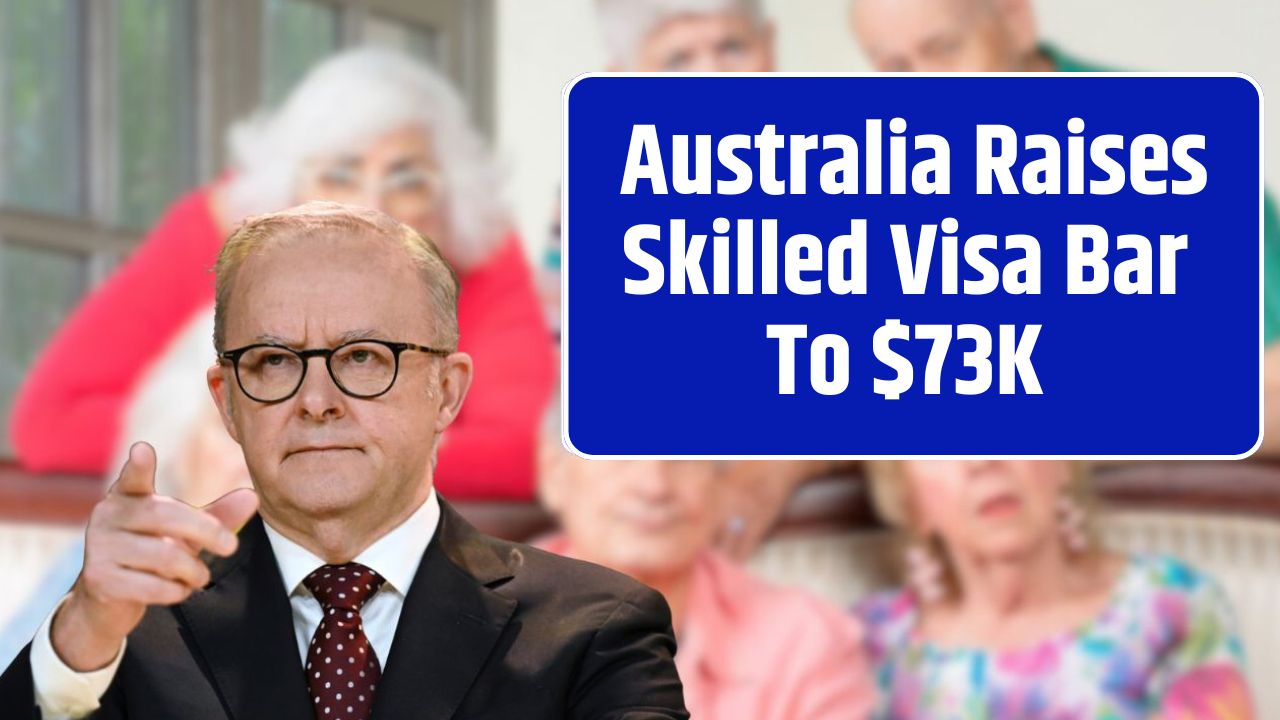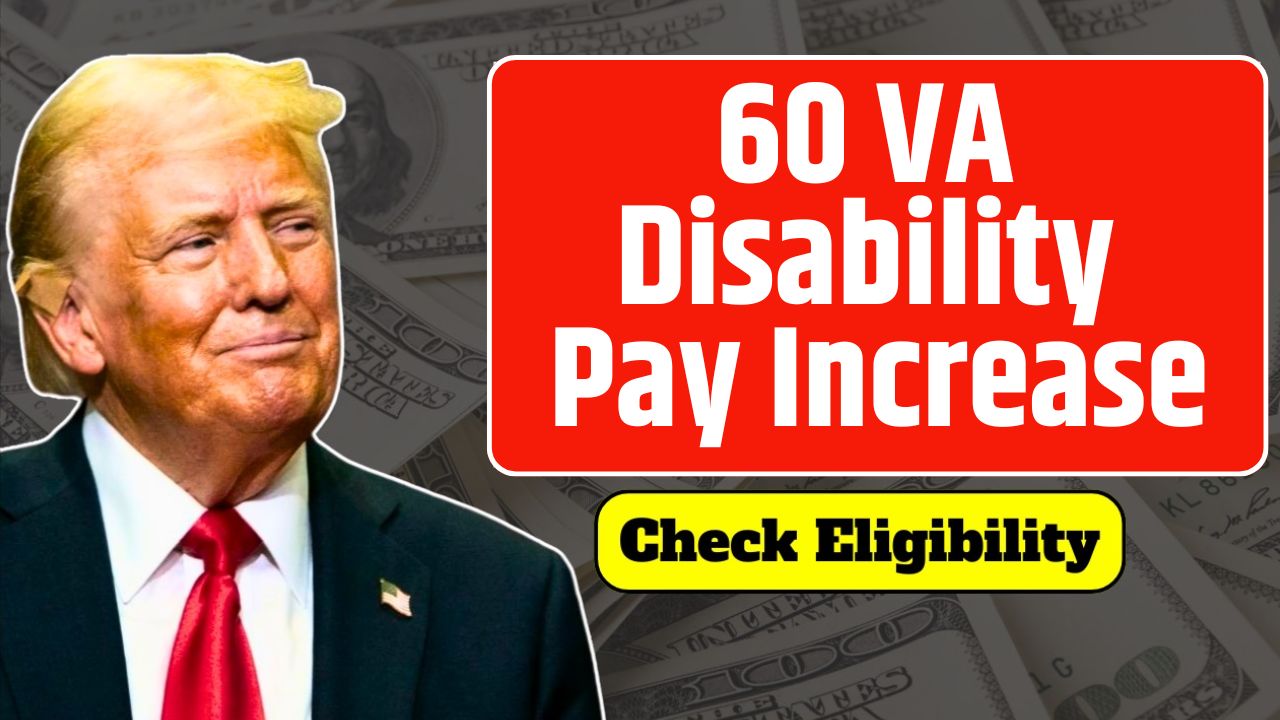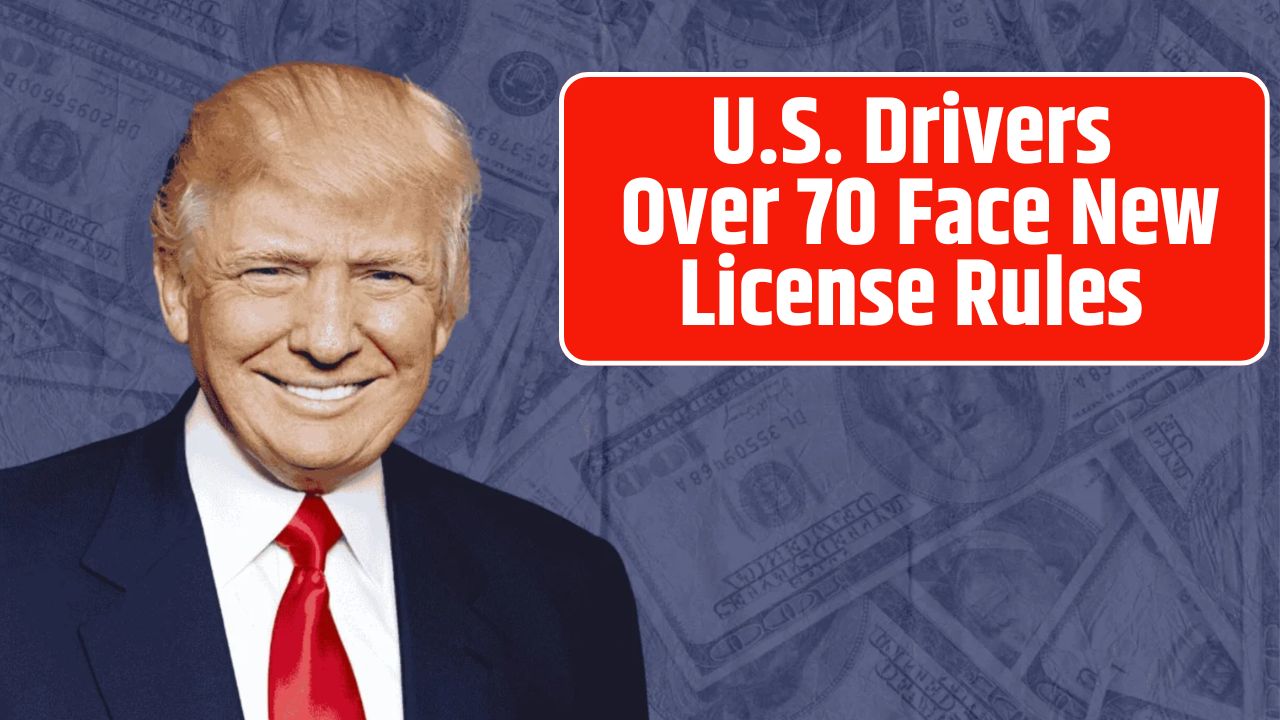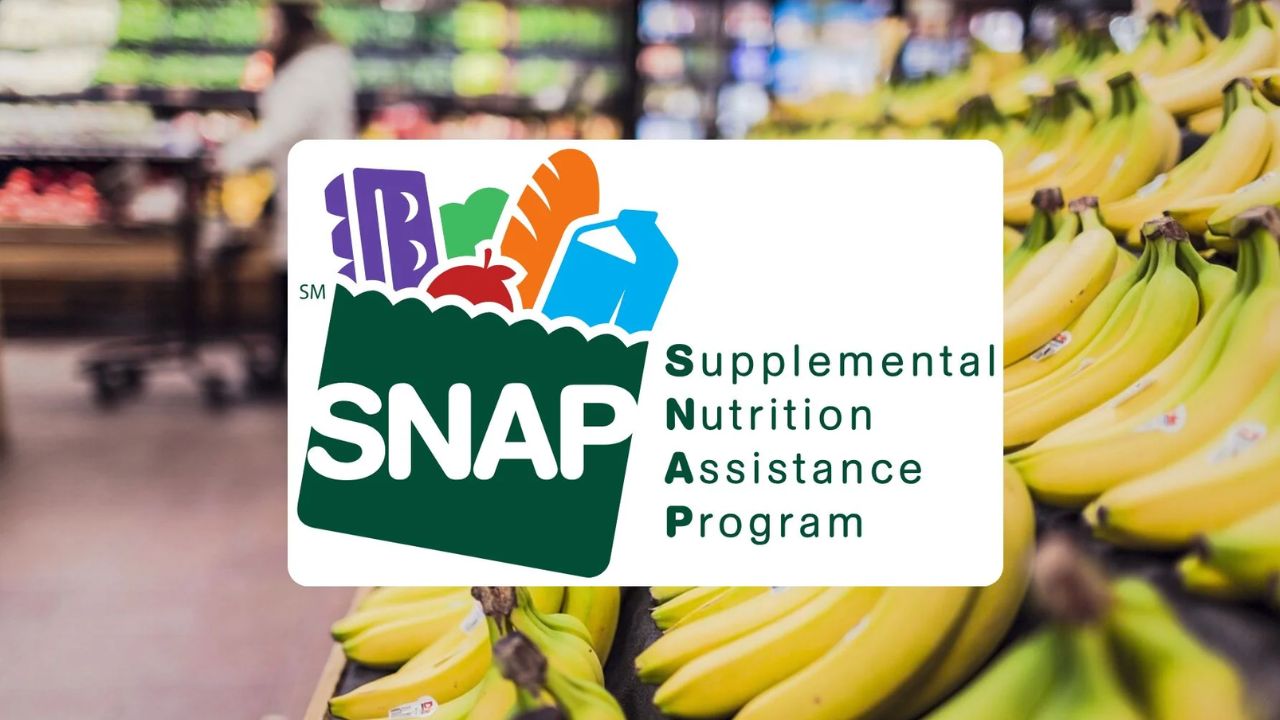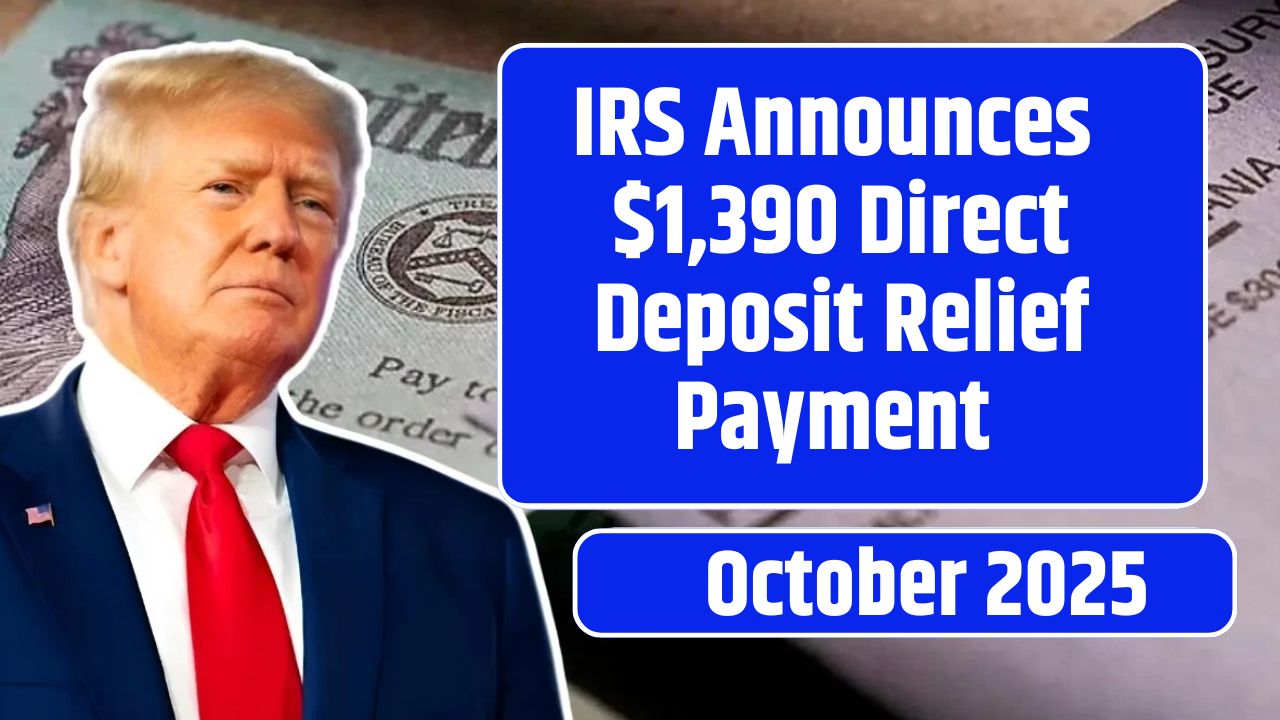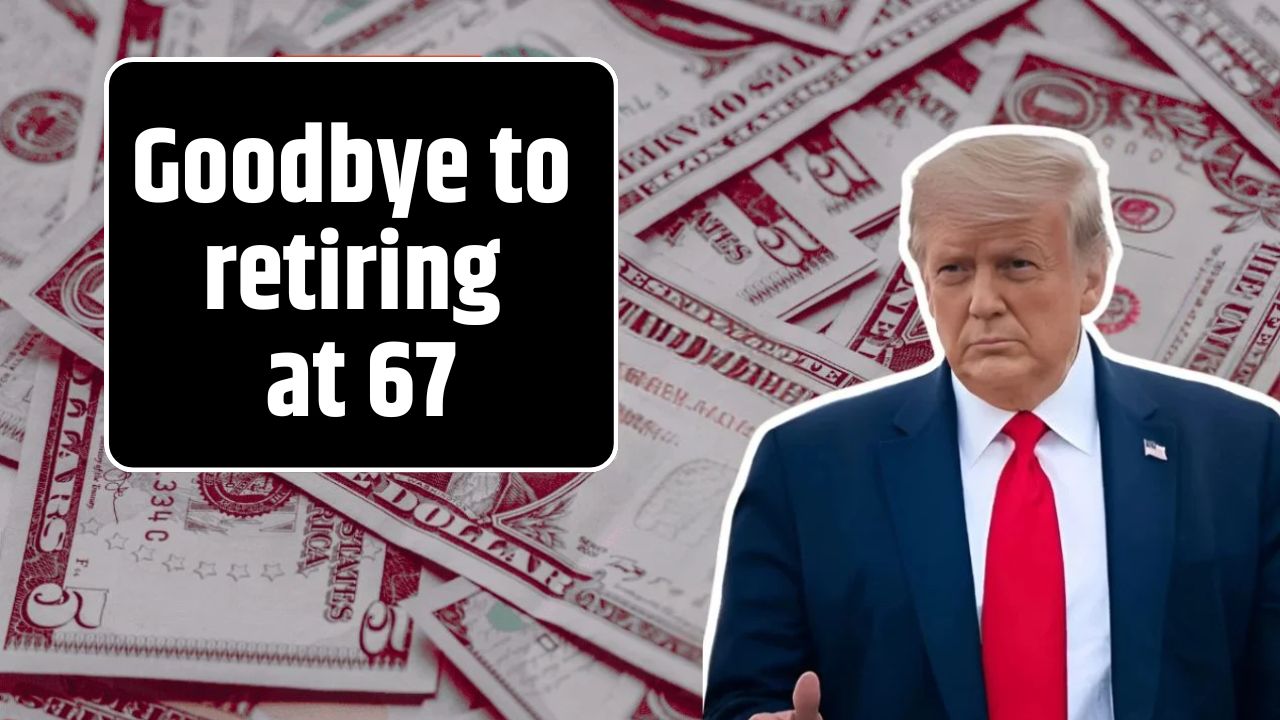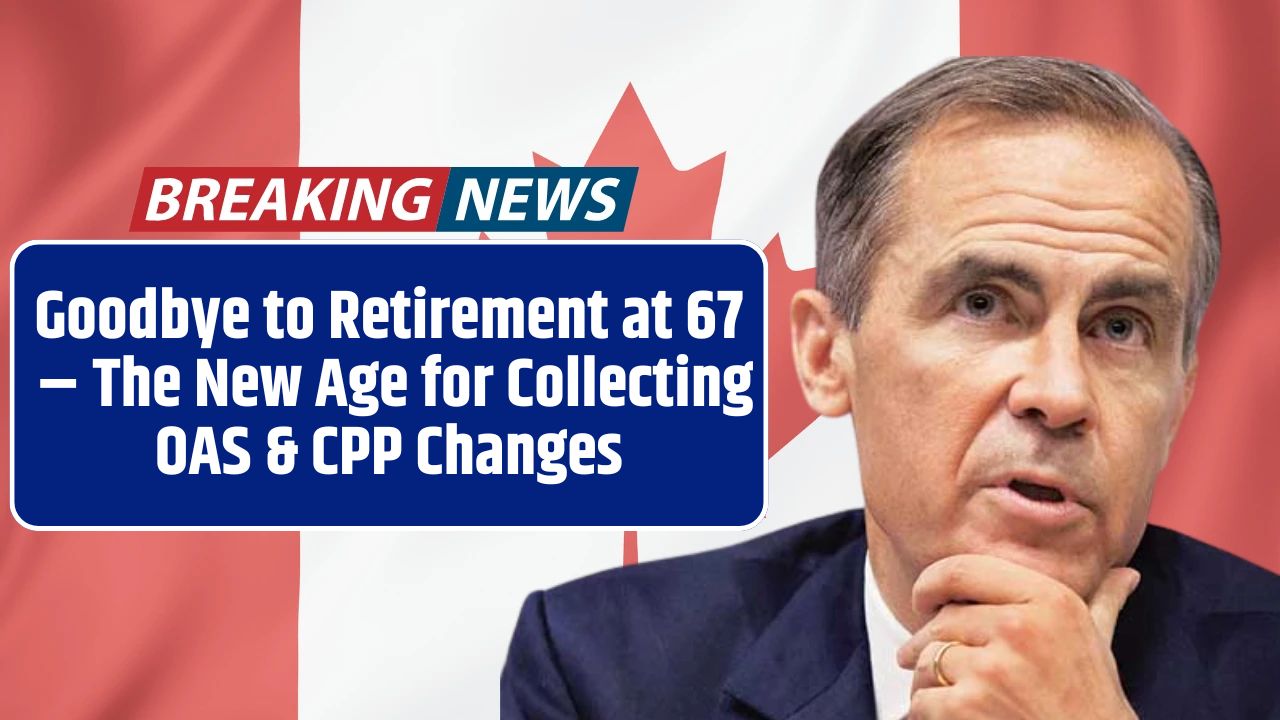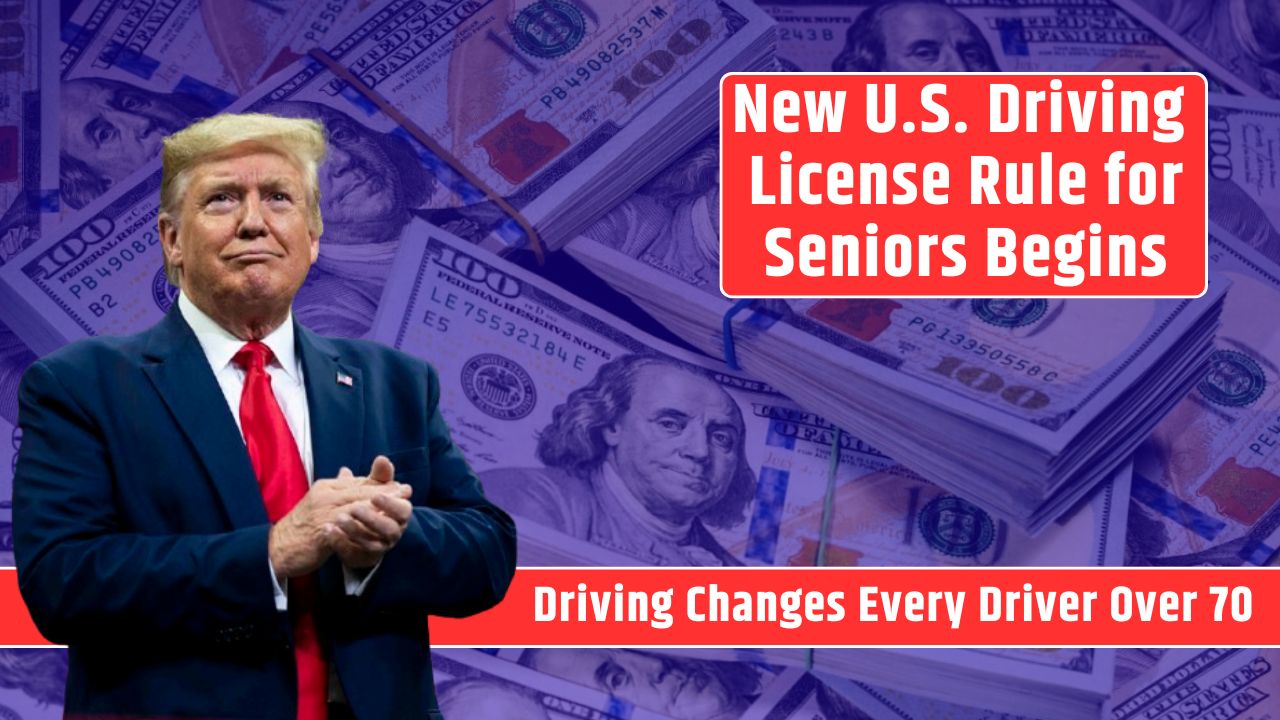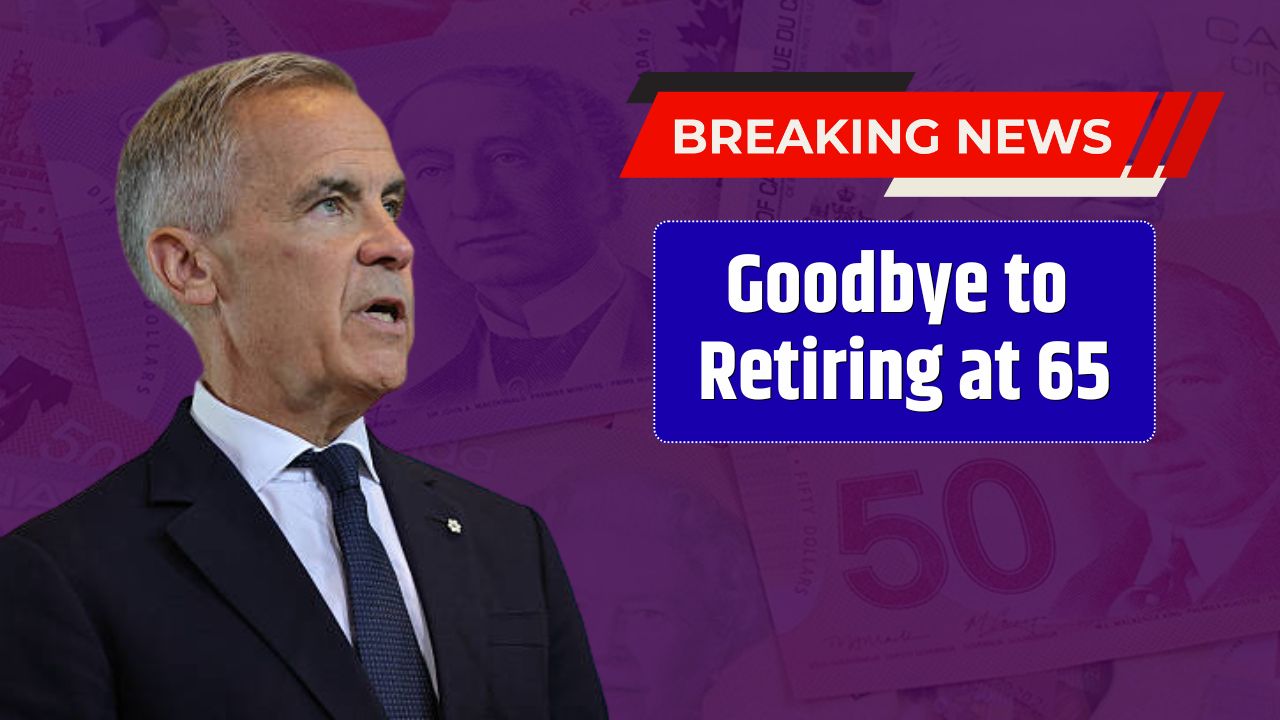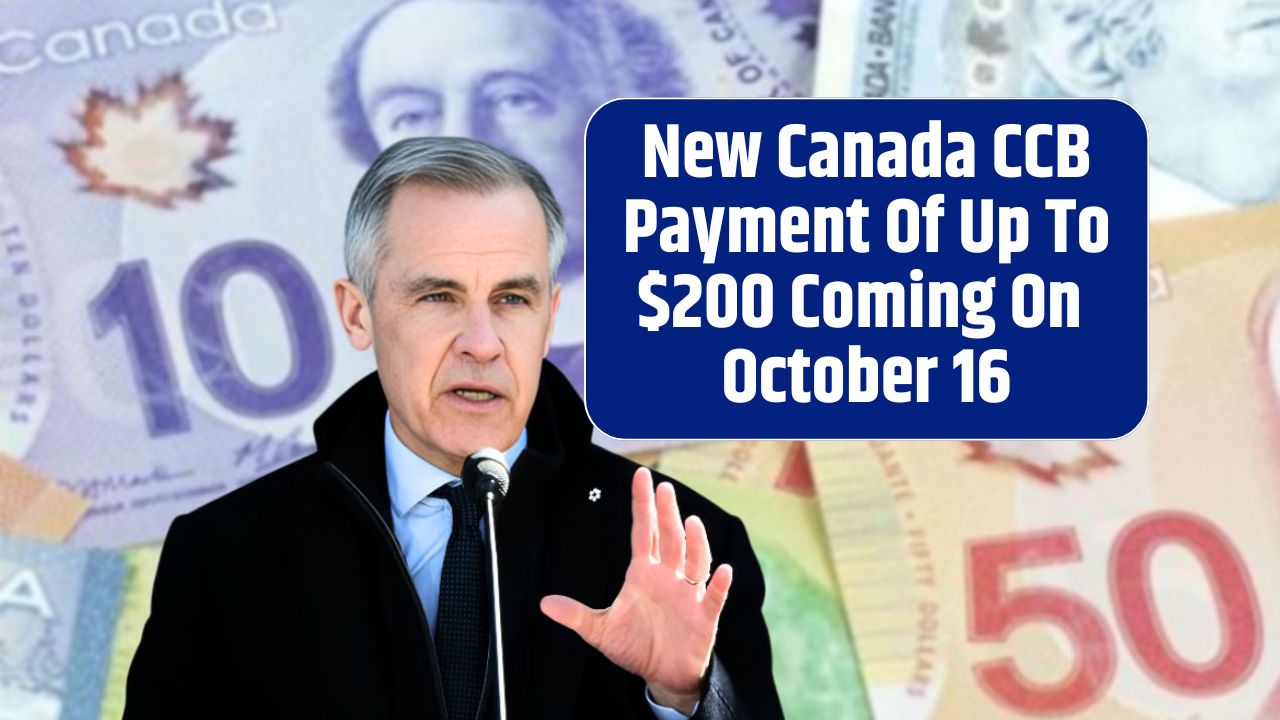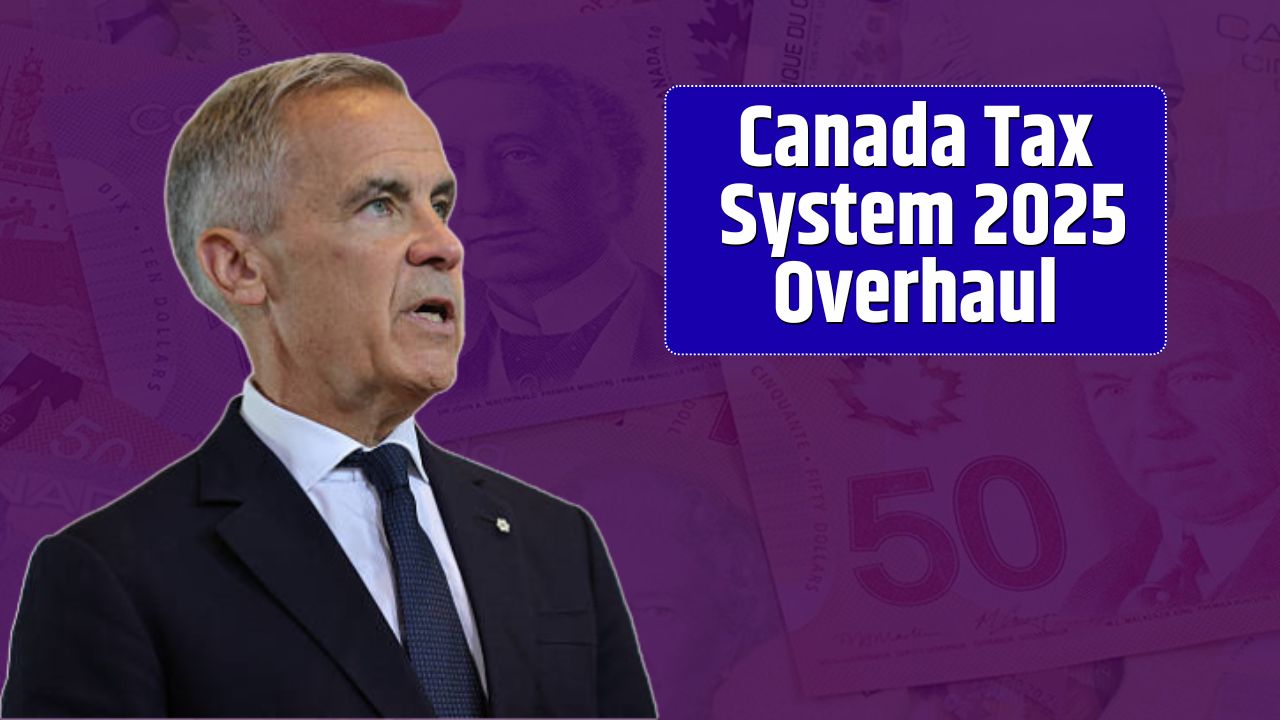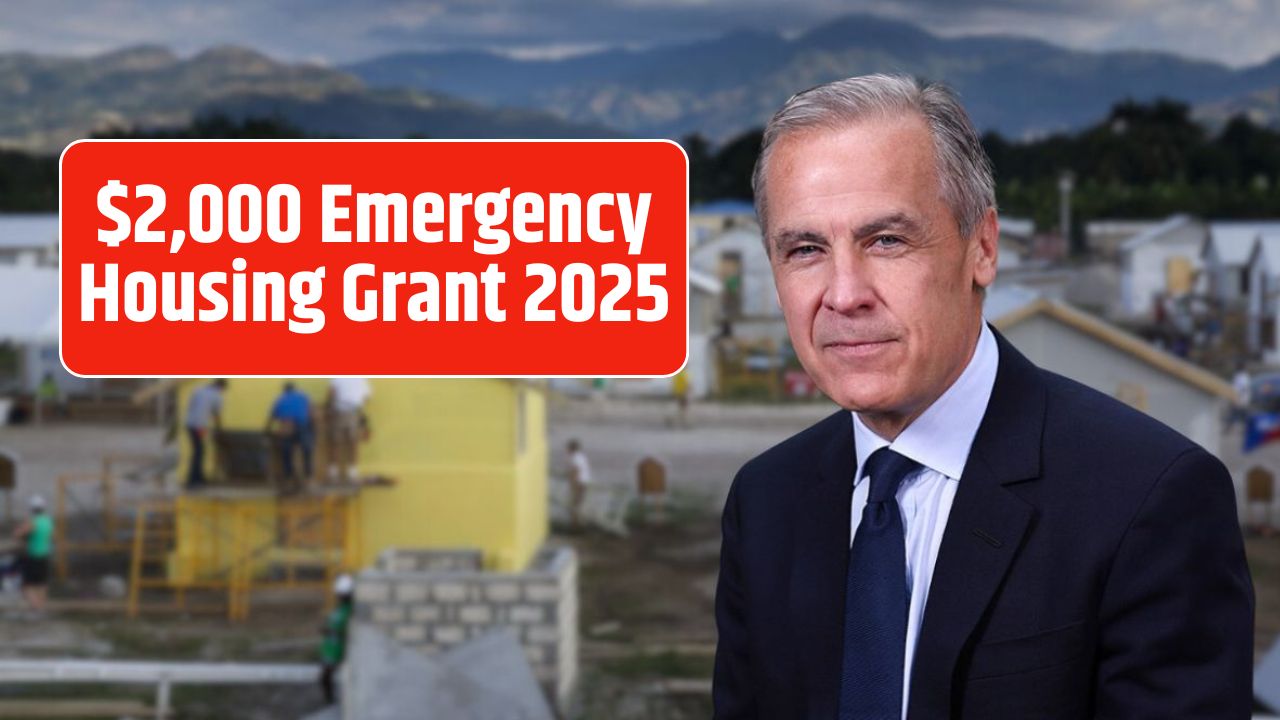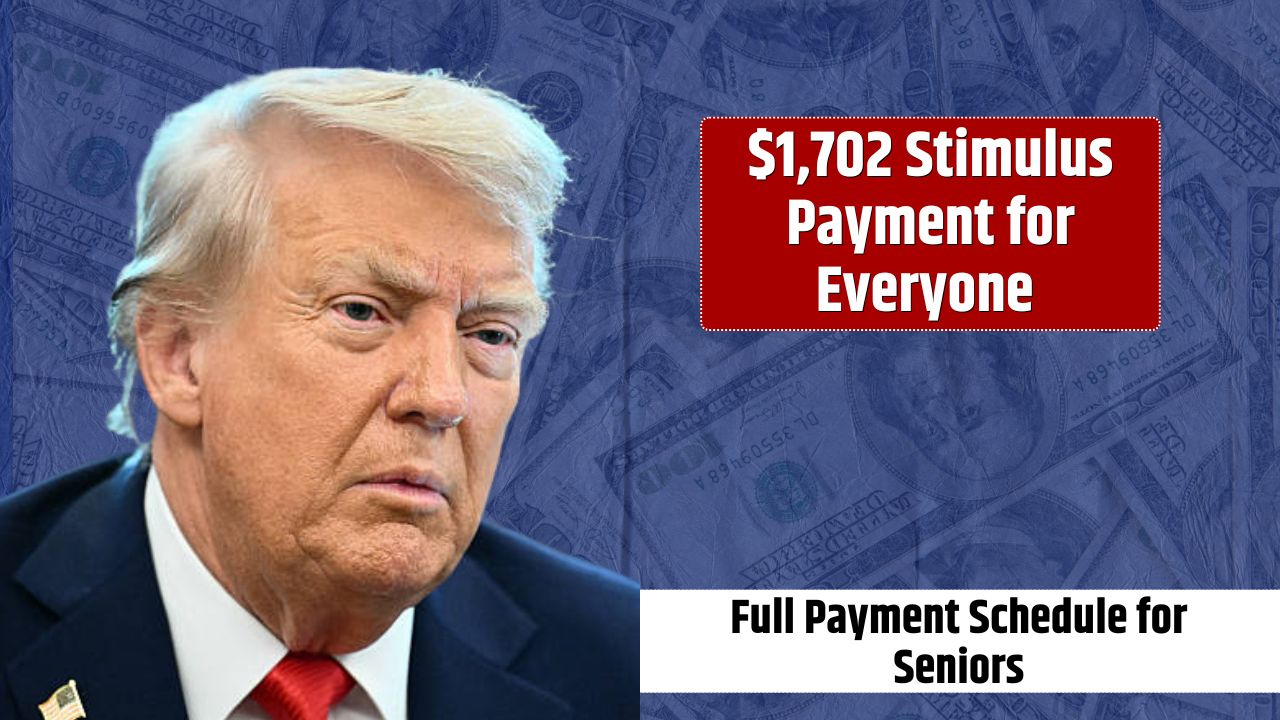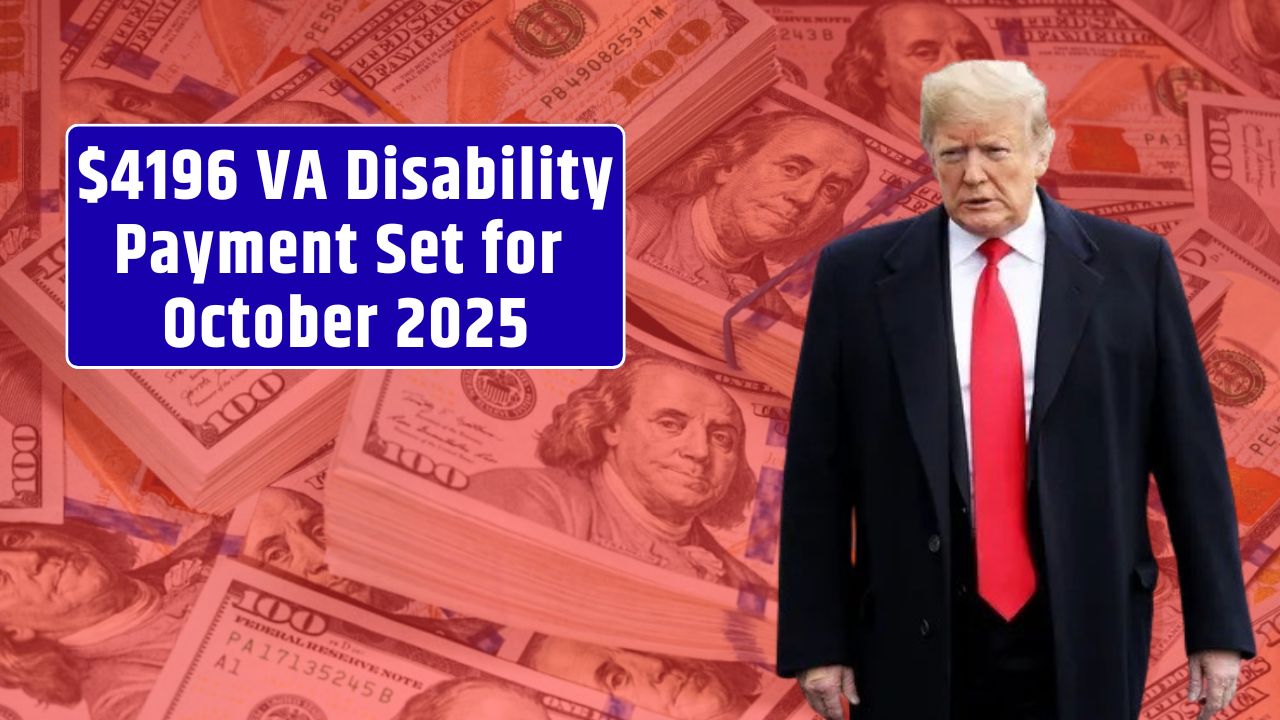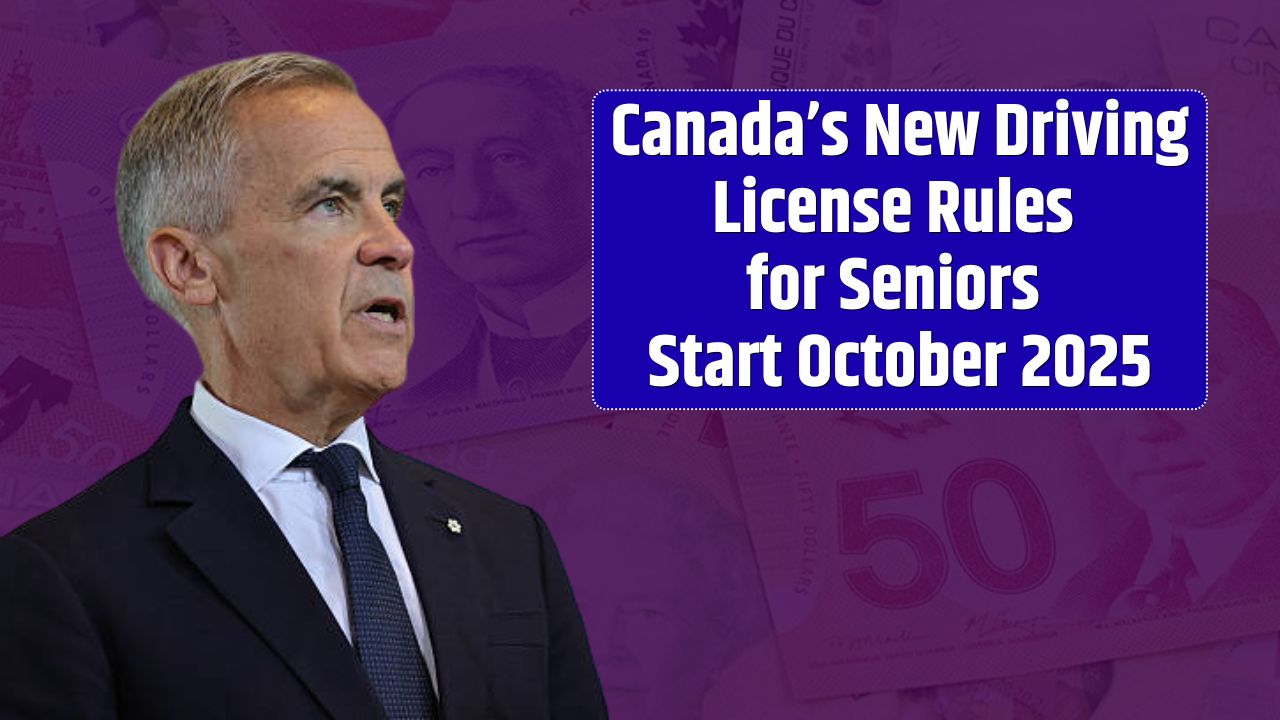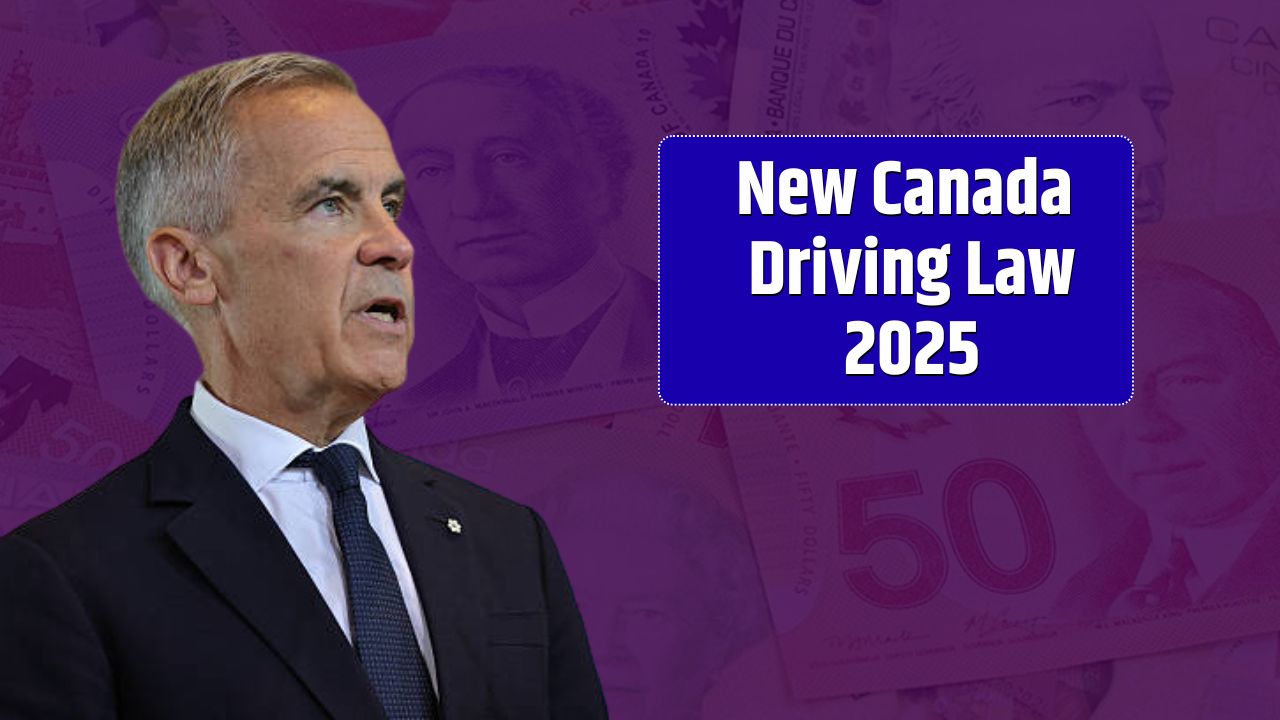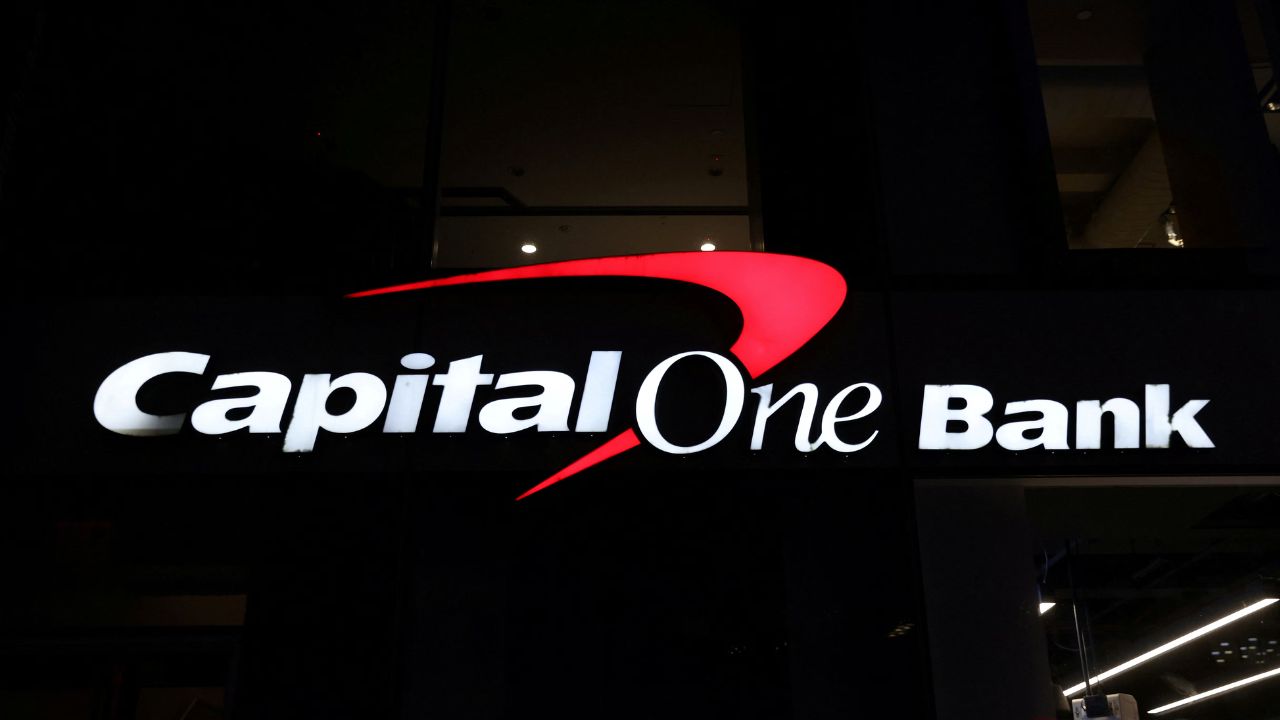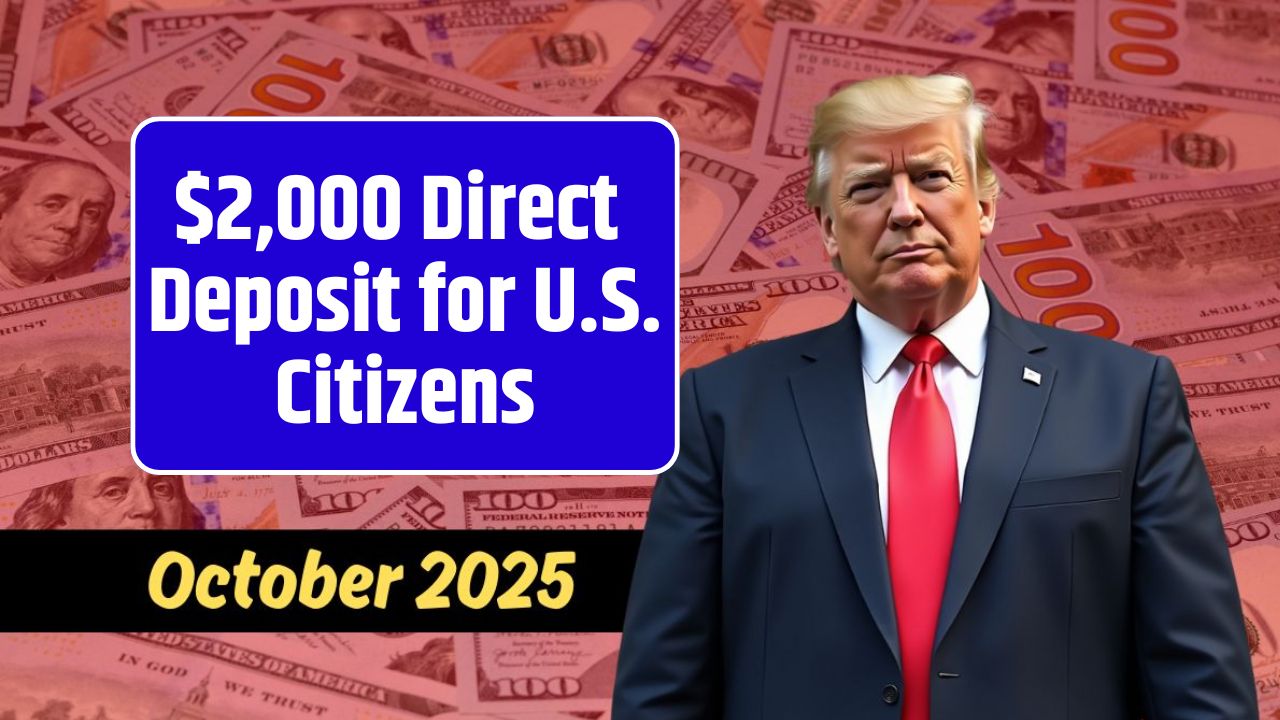Australia’s message to skilled migrants is clear: quality over quantity. Starting November 2025, the Australian government will raise the minimum income threshold for skilled visa applicants to $73,000 per year, tightening the gate for overseas professionals seeking to live and work Down Under. Officials call it a “modernisation” of the migration system. But for many international workers — especially those in mid-level roles — it’s a wake-up call that the path to Australia just got a little steeper.
The New $73,000 Skilled Visa Rule
The update applies to the Temporary Skilled Migration Income Threshold (TSMIT) — the minimum salary employers must pay to sponsor foreign talent. Currently sitting at $70,000, the threshold will rise to $73,000 from November 2025, according to the Department of Home Affairs.
The rule targets employer-sponsored visa streams such as:
- Subclass 482 – Temporary Skill Shortage (TSS) visa
- Subclass 186 – Employer Nomination Scheme (ENS)
It’s not just a bureaucratic tweak — the TSMIT acts as a wage floor, ensuring that skilled migrants aren’t hired on cheap contracts that undercut local workers. In other words, if an employer wants to bring in talent from abroad, they must pay at least the going rate for an equivalent Australian role.
Why Australia Is Raising the Bar
Officials say the change is about fairness, sustainability, and market alignment.
When the Albanese government reinstated migration reforms in 2023, it found that many sponsored workers were earning below median full-time wages in their fields. By raising the threshold, Canberra hopes to:
- Attract genuinely skilled professionals who contribute to innovation and productivity
- Reduce wage exploitation among migrant workers
- Ensure competition remains fair between local and overseas employees
- Match salaries to inflation and rising living costs
Australia’s Home Affairs Minister Clare O’Neil said in a recent statement that the new threshold “keeps skilled migration focused on high-value jobs, not cheap labour substitution.”
According to homeaffairs.gov.au, the reform forms part of a “once-in-a-generation reset” of the migration system, aimed at cutting red tape while maintaining labour integrity.
What This Means for Applicants and Employers
For businesses, it’s a double-edged sword. The higher threshold could make it tougher for smaller firms to sponsor talent — especially in sectors like hospitality or early-career tech — but it also filters applications to ensure employers are hiring where the skills gap is real, not where they can save on wages.
For skilled migrants, it means higher entry requirements. Candidates will now need to prove they’re worth at least $73,000 annually, either through a valid job offer or employment contract.
| Category | Current TSMIT | From Nov 2025 | Key Impact |
|---|---|---|---|
| Base salary for sponsorship | $70,000 | $73,000 | Higher eligibility bar for visa applicants |
| Visa subclasses affected | 482, 186 | 482, 186 | Applies to new sponsorships & renewals |
| Employer requirement | Pay equal or above TSMIT | Pay equal or above $73,000 | Ensures pay parity with locals |
While some industries may feel the pinch, high-demand sectors — like healthcare, IT, construction, and engineering — are expected to adapt quickly. Skilled professionals in these areas typically command salaries above the new floor.
Australia’s Migration Vision: A System That Works for the Long Term
The government’s long-term plan isn’t just about setting a number. It’s about reshaping the migration pipeline around economic contribution and social cohesion.
By tightening income standards, the Labor government aims to:
- Reduce exploitation and underpayment among migrant workers
- Encourage more permanent, skill-based migration rather than short-term labour
- Ensure foreign workers integrate into communities with stable incomes and long-term prospects
It’s also a political balancing act. With migration levels surging post-pandemic and housing affordability worsening, policymakers are under pressure to show that migration benefits both the economy and the average Australian worker.
Treasury forecasts show that population growth — largely driven by migration — will remain high through 2026, but the focus is shifting to quality, not volume.
What Skilled Workers Should Do Before November 2025
If you’re planning to apply for a skilled or employer-sponsored visa, timing is everything. Migration experts suggest lodging applications before the new TSMIT takes effect if you currently meet the $70,000 criteria but might fall short of $73,000.
To prepare, applicants should:
- Check eligibility early – Use the Home Affairs skill occupation list to verify if your job qualifies.
- Review employment contracts – Ensure salary offers meet or exceed the upcoming threshold.
- Gather strong documentation – Employment history, qualifications, and references carry extra weight.
- Consider upgrading skills – Certifications or higher-level roles can help surpass the $73,000 mark.
- Stay in touch with migration agents – Professional advice can prevent costly mistakes or delays.
Workers already in Australia on temporary visas should talk to their employers about salary adjustments before renewing or transitioning to permanent residency.
The Employer Perspective
For businesses, especially small and medium enterprises (SMEs), this policy might increase labour costs. However, the government insists that skilled migration should not be a tool for cheap labour replacement, but a strategy to fill genuine shortages.
Industries with chronic shortages — healthcare, aged care, advanced manufacturing — are expected to remain eligible for sponsorship programs despite the higher bar. Employers who rely heavily on foreign talent will need to budget accordingly.
FAQs:
When does the new skilled visa threshold take effect?
November 2025. All employer-sponsored visa applications lodged on or after that date must meet the $73,000 minimum.
Which visa subclasses are affected?
The Subclass 482 (Temporary Skill Shortage) and Subclass 186 (Employer Nomination Scheme) visas.
Can I apply before November 2025 to avoid the new rule?
Yes, if you meet the current $70,000 requirement, you can lodge before the deadline.
